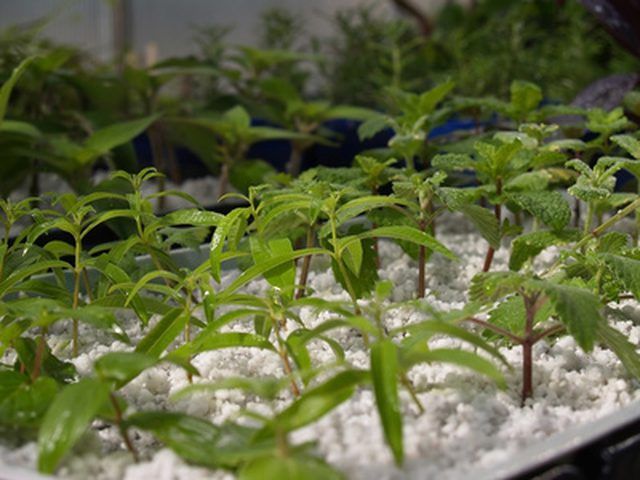Bulbs
Flower Basics
Flower Beds & Specialty Gardens
Flower Garden
Garden Furniture
Garden Gnomes
Garden Seeds
Garden Sheds
Garden Statues
Garden Tools & Supplies
Gardening Basics
Green & Organic
Groundcovers & Vines
Growing Annuals
Growing Basil
Growing Beans
Growing Berries
Growing Blueberries
Growing Cactus
Growing Corn
Growing Cotton
Growing Edibles
Growing Flowers
Growing Garlic
Growing Grapes
Growing Grass
Growing Herbs
Growing Jasmine
Growing Mint
Growing Mushrooms
Orchids
Growing Peanuts
Growing Perennials
Growing Plants
Growing Rosemary
Growing Roses
Growing Strawberries
Growing Sunflowers
Growing Thyme
Growing Tomatoes
Growing Tulips
Growing Vegetables
Herb Basics
Herb Garden
Indoor Growing
Landscaping Basics
Landscaping Patios
Landscaping Plants
Landscaping Shrubs
Landscaping Trees
Landscaping Walks & Pathways
Lawn Basics
Lawn Maintenance
Lawn Mowers
Lawn Ornaments
Lawn Planting
Lawn Tools
Outdoor Growing
Overall Landscape Planning
Pests, Weeds & Problems
Plant Basics
Rock Garden
Rose Garden
Shrubs
Soil
Specialty Gardens
Trees
Vegetable Garden
Yard Maintenance
How to Grow Vegetables in Grow Bags
How to Grow Vegetables in Grow Bags. Sometimes there's no space for a garden or the existing soil conditions are not good. Grow bags take the garden out of the ground and help gardeners circumvent the challenges of rocky or poor-quality soil and, sometimes, no soil at all. Commercially available grow bags, usually made from polypropylene, hold soil...

Sometimes there's no space for a garden or the existing soil conditions are not good. Grow bags take the garden out of the ground and help gardeners circumvent the challenges of rocky or poor-quality soil and, sometimes, no soil at all. Commercially available grow bags, usually made from polypropylene, hold soil and retain moisture. Fill them with potting soil and you're ready to plant vegetables. You can also make your own grow bag. Either way, grow bags provide a raised in which to grow vegetables just about anywhere.
Things You'll Need
Grow bags
Potting soil
Garden spade
Vegetable seedlings
Bag of topsoil
Utility knife
Mulch
Manufactured Bags
Fill grow bags with a quality potting soil mix until the soil reaches 1 to 2 inches below the grow bag's rim. The amount of soil you use depends on the size of your grow bags, which are available in sizes ranging from 1 gallon to over 15 gallons. Use your hands or a garden spade to mound soil towards the center of the grow bag. Create a slight grade that will discourage water from creating puddles at the grow bag's center.
Moisten the grow bag's soil until water drains from its underside. Use your hands or a garden spade to dig planting holes in the grow bag's soil. Create holes that are roughly equivalent to the size of the vegetable seedling's root ball.
Gently tap the sides of a seedling's pot or cup to loosen its soil from the container. Grasp the seedling's stem near a set of leaves and gently lift the seedling from its container. Place the seedling into its hole in the grow bag, fill in gaps with surrounding soil and pat the soil to firm in place. Water seedlings following transplanting. Place grow bags anywhere, including on concrete, as long as the site receives a minimum of 6 hours sunlight per day.
Making your own grow bag
Lay a bag of topsoil flat on the ground. Use a utility knife to cut an "x" across the surface of the exposed side of the bag. Plunge the knife through the bag at any corner and draw the knife through the bag until you reach the opposite corner. Repeat on the corner adjacent from your starting point to create an "x."
Unfold the flaps created by your cuts through the bags surface. Flip the bag over so the cut side's face rests on soil. Use a utility knife to score three lines along the length of the intact side of the bag, which now faces upward. Gently spread the bag's plastic at the cuts to expose the topsoil inside of the bag.
Use hands or a garden spade to dig holes roughly equivalent to the size of the vegetable seedling's root ball. Remove seedlings from their containers, gently place them into the holes and pat surrounding soil to firm them in place.
Surround seedlings with a one-half-inch layer of mulch. If desired, conceal the bag of topsoil with a thicker layer of mulch.
Tips & Warnings
Place a container, such as a tray, beneath grow bags to catch excess moisture.